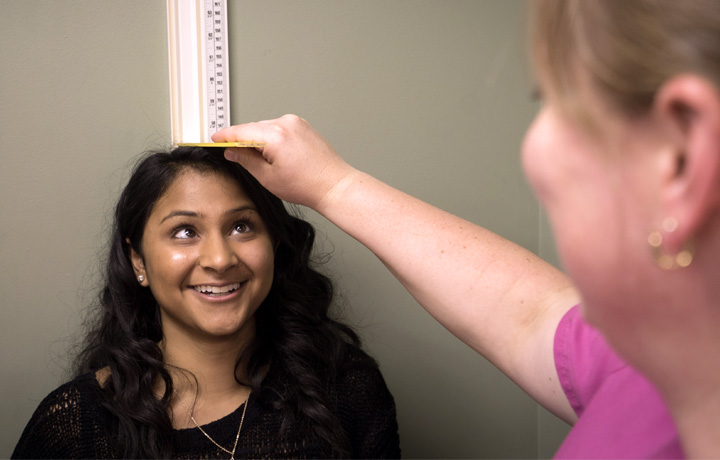Article
4 patient capability attributes of high performers
By Lia Novotny | June 17, 2017

Focus on the total patient experience
The most successful organizations think about the patient experience broadly, recognizing that it extends well beyond the office visit. They make sure the front desk staff is friendly and providers are on time, but they also proactively contact patients who are due for testing, connect patients with appropriate health resources within their communities, and provide the support each patient needs to be responsive and compliant. Some organizations track patients not just by condition and risk, but by language and preferred method of communication, matching outreach to patient preferences.
Rapid access standards
Enabling patients to see a provider quickly is important for clinical outcomes. It's also a key driver of patient loyalty, providing a competitive advantage for healthcare organizations that handle access well. Top performers are innovating around access in multiple ways, through centralized scheduling, open-access hours, walk-in and urgent care clinics, virtual visits, and more. At Summit Medical Group, patient navigators in a centralized call center have full visibility into all calendars, so they can adjust staffing as needed — and get patients in to see a provider quickly.
Multi-channel patient connections
The traditional healthcare interactions — scheduled visits, communication via phone call — are outdated. Recognizing this, top performers are turning to new communication methods such as texting or secure messaging via the patient portal. High performers take deliberate steps to encourage portal use; at Austin Area OB/GYN, the staff set up six kiosks in the waiting area where patients can get help registering for and using the portal.
The most innovative organizations are also looking at mobile health, virtual visits, and remote monitoring as tools for delivering care in new ways. One organization built an online clinic staffed by nurse practitioners, where patients can be treated right away for some 60 non-acute conditions at a fraction of the cost of an office visit.
Effective processes for closing care gaps
Identifying gaps in care before they impact a patient's health is a key component of quality healthcare. Top performers develop systems for detecting and addressing care gaps, whether they stem from clinical issues or service breakdowns. Community Care of West Virginia noticed that certain clinics had very low mammogram rates, even though providers were referring patients as recommended. Digging deeper, the organization's leaders came to understand that patients couldn't get to the mammography center — so they brought mammograms to the patients via a mobile unit, and saw screening rates increase by 20 percentage points.
Illustration by Luciano Lozano | Getty Images






